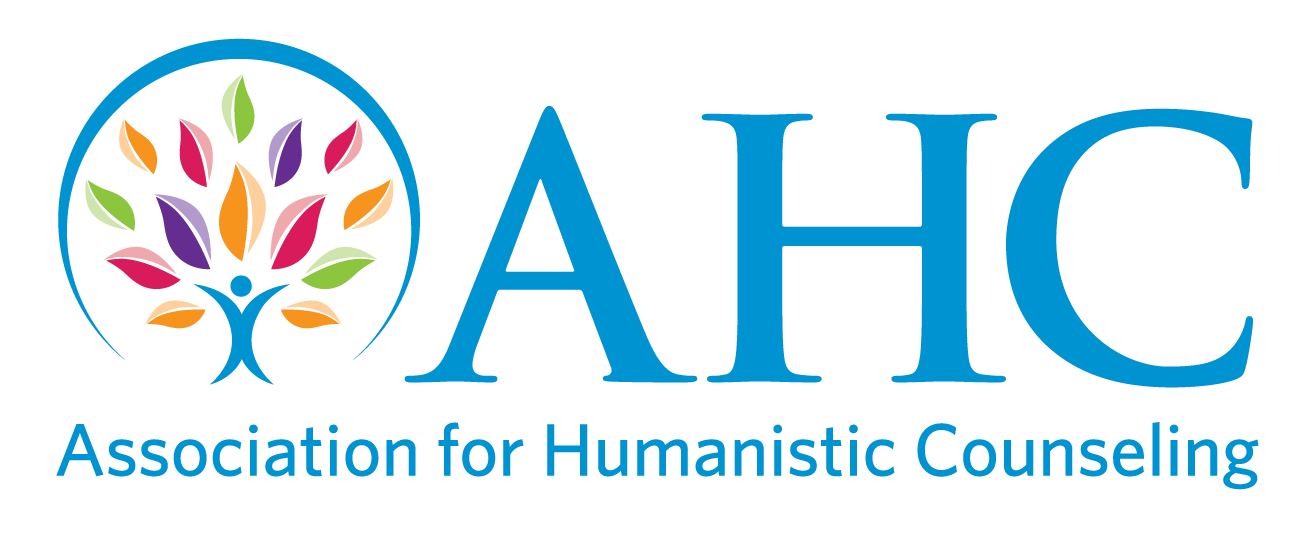Being the Love You Wish to See: Lessons I Learned from John Harrichand About Humanism
By Helena Stevens
I asked John to fill in the sentence blank: “humanism is...” His answer was, and is, love.
I was less surprised by the answer, but still enchanted by it because John absolutely embodies the spirit of love in everything he does. I have been privileged to work with him in leadership capacities and when I was considering who to spotlight for this piece, as I came across his name in a spreadsheet, I instantly knew he was the person I wanted to interview. I have witnessed this love of his first-hand via his email inscriptions, compassionate interactions in Zoom meetings, and through all of his warmth that he continues to authentically give in whichever platform he is present in. We had an amazing conversation over Zoom that unfortunately did not save the transcript of our conversation. Albeit the technology woes, the lessons I learned from him have permeated my heart.
Humanism is a result of: the intentional practices of processing our pain and grief, making meaning of our lived experiences and integrating the meaning into our daily practices. It is the diligence put into building relationships and the modeling of our values via interactions in relationships and relationship building.
We must be human to be humanistic. Life is a compilation of pain, loss, grief, love, joy, and relationships. To be humanistic in our counseling, education, and life practices, we need to submit to the human process of life. To negate our human process, will inevitably interfere with our abilities to practice humanity with others. This is not an easy or smooth process because inevitably we have flaws and make mistakes, but that is still essential to our human development and thus our humanistic development.
John shared his personal story of growing up as a pastor’s child and the challenges he navigated while also facing the challenges of scrutiny and high expectations that come from being a pastor’s child. While his father was ill, John was able to connect with his father in a way that he had not before, which allowed him a unique opportunity to sit with pain, love, growth, and connection. His reflection was powerful and resonated with the lessons on building humanism- life is a perpetual and inevitable joining of pain, love, growth, and relationship.
Building our humanism is reliant on our actualization of the forces in our lives, processing our experiences with them, and integrating the meaning into our intentional practices of continuing the actualizing and processing behaviors, while building relationships in where we will also model our love and humanism.
John’s story reminded me of a lesson many who own homes with basements learn: water always finds a way into the basement no matter what we do to prevent this outcome. Basement water is challenging, especially at 2am when it wakes you up from a deep sleep. Water is pain- it creates cracks in our foundation, finds a way in and stays in until you clear it out, and just when you think you sealed up the cracks…it finds cracks you didn’t realize were there. The foundation is the human: we are in a perpetual process of experiencing pain; pain seeps through our cracks. Through the rejuvenation of love and humanity, we can drain the pain and seal the cracks, but not before the pain inevitably finds a crack we did not know was there, and the process begins again. Should we neglect the process, we remain full of pain to the point of a spiritual drowning, molding of the soul, and decaying of the heart. Tending to a basement to prevent the decay, molding, and drowning takes perseverance, resilience, and deliberateness, in the same way that humanism requires perseverance, resilience, and deliberateness to find the pain, restore the foundation that is the heart, and take care of the house that is the body.
As counselors and counselor educators, this described process is something we hope our clients can learn and implement in their own growth and recovery and a process that our students can learn and understand so as to guide their clients through it one day. John reminded me of our own imperative to submit to that process. To see that process done in others, we must be that which we hope to see. I am reminded to continue to be the light and love I hope to see in others...to be the humanism I hope to see in others.

